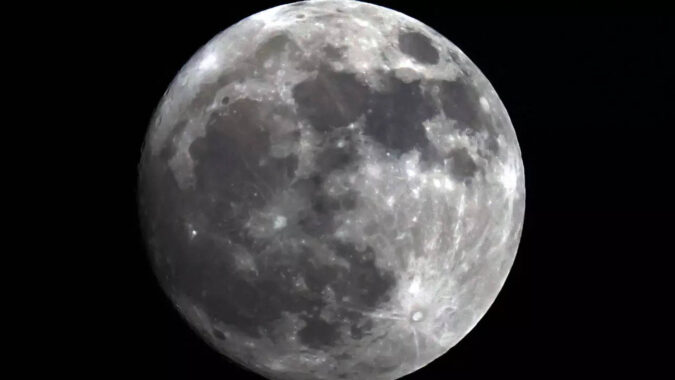NEW DELHI: Just two days before India launches Chandrayaan-3, its third lunar exploration mission, China on Wednesday announced that it is planning an ambitious manned mission to moon by 2030.
A China Manned Space Agency engineer said two rockets will enter the moon’s orbit, and after a successful docking, their astronauts will enter the lunar lander to descend onto the moon’s surface.
Notably, US is the only country in the world that has sent humans to moon so far during its Apollo missions from 1968 to 1972.With its twin-rocket plan, China seeks to overcome its longstanding technological hurdle of developing a heavy-duty rocket powerful enough to send both astronauts and a lander probe.
After the astronauts have completed their scientific tasks and collected samples, the lander will transport the astronauts back to the orbiting spacecraft, on which they will return to Earth, said Zhang Hailian, deputy chief engineer at the China Manned Space, at a summit in the central Chinese city of Wuhan.
The announcement comes at a time when the race to send people to the moon has intensified in recent years with both China and US eyeing potential mineral resources on the moon.
Establishing lunar habitats could also help support future crewed missions to other planets such as Mars.
Meanwhile, the Indian Space Research Organisation (Isro) is also waiting with bated breath as the countdown for India’s third moon mission has begun.
The latest iteration of the Chandrayaan (“Mooncraft”) programme comes four years after an earlier attempt ended in failure, with ground crew losing contact moments before landing.
However, learning from the previous mistakes, Isro has implemented several improvements in Chandrayaan-3 to ensure success this time.
If successful, the mission would make the world’s most populous nation only the fourth country after Russia, US and China to achieve a controlled landing on the lunar surface.
India’s space programme has grown considerably in size and momentum since it first sent a probe to orbit the moon in 2008.
In 2014, India became the first Asian nation to put a satellite into orbit around Mars, and three years later, the Isro launched 104 satellites in a single mission.
The Isro’s Gaganyaan (“Skycraft”) programme is slated to launch a three-day manned mission into Earth’s orbit by next year.
India is also working to boost its two percent share of the global commercial space market by sending private payloads into orbit for a fraction of the cost of competitors.
(With inputs from agencies)
A China Manned Space Agency engineer said two rockets will enter the moon’s orbit, and after a successful docking, their astronauts will enter the lunar lander to descend onto the moon’s surface.
Notably, US is the only country in the world that has sent humans to moon so far during its Apollo missions from 1968 to 1972.With its twin-rocket plan, China seeks to overcome its longstanding technological hurdle of developing a heavy-duty rocket powerful enough to send both astronauts and a lander probe.
After the astronauts have completed their scientific tasks and collected samples, the lander will transport the astronauts back to the orbiting spacecraft, on which they will return to Earth, said Zhang Hailian, deputy chief engineer at the China Manned Space, at a summit in the central Chinese city of Wuhan.
The announcement comes at a time when the race to send people to the moon has intensified in recent years with both China and US eyeing potential mineral resources on the moon.
Establishing lunar habitats could also help support future crewed missions to other planets such as Mars.
Meanwhile, the Indian Space Research Organisation (Isro) is also waiting with bated breath as the countdown for India’s third moon mission has begun.
The latest iteration of the Chandrayaan (“Mooncraft”) programme comes four years after an earlier attempt ended in failure, with ground crew losing contact moments before landing.
However, learning from the previous mistakes, Isro has implemented several improvements in Chandrayaan-3 to ensure success this time.
If successful, the mission would make the world’s most populous nation only the fourth country after Russia, US and China to achieve a controlled landing on the lunar surface.
India’s space programme has grown considerably in size and momentum since it first sent a probe to orbit the moon in 2008.
In 2014, India became the first Asian nation to put a satellite into orbit around Mars, and three years later, the Isro launched 104 satellites in a single mission.
The Isro’s Gaganyaan (“Skycraft”) programme is slated to launch a three-day manned mission into Earth’s orbit by next year.
India is also working to boost its two percent share of the global commercial space market by sending private payloads into orbit for a fraction of the cost of competitors.
(With inputs from agencies)
